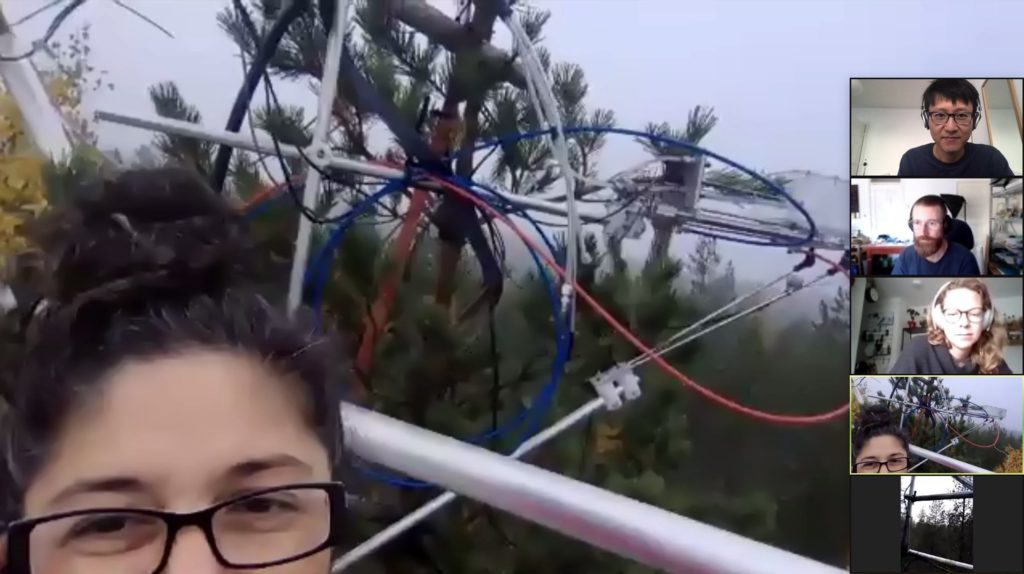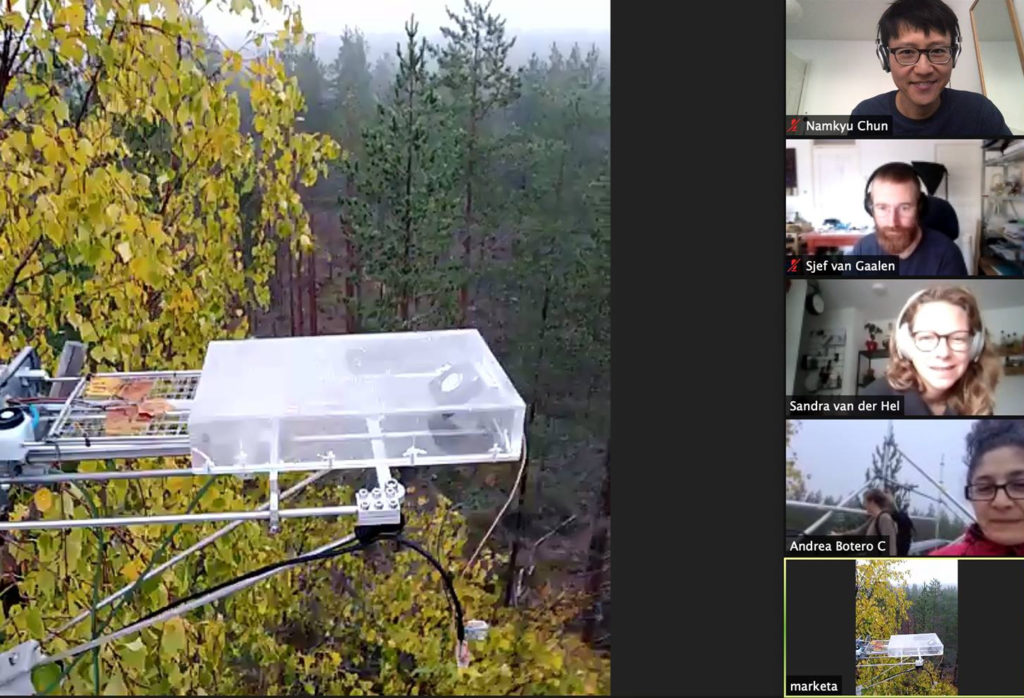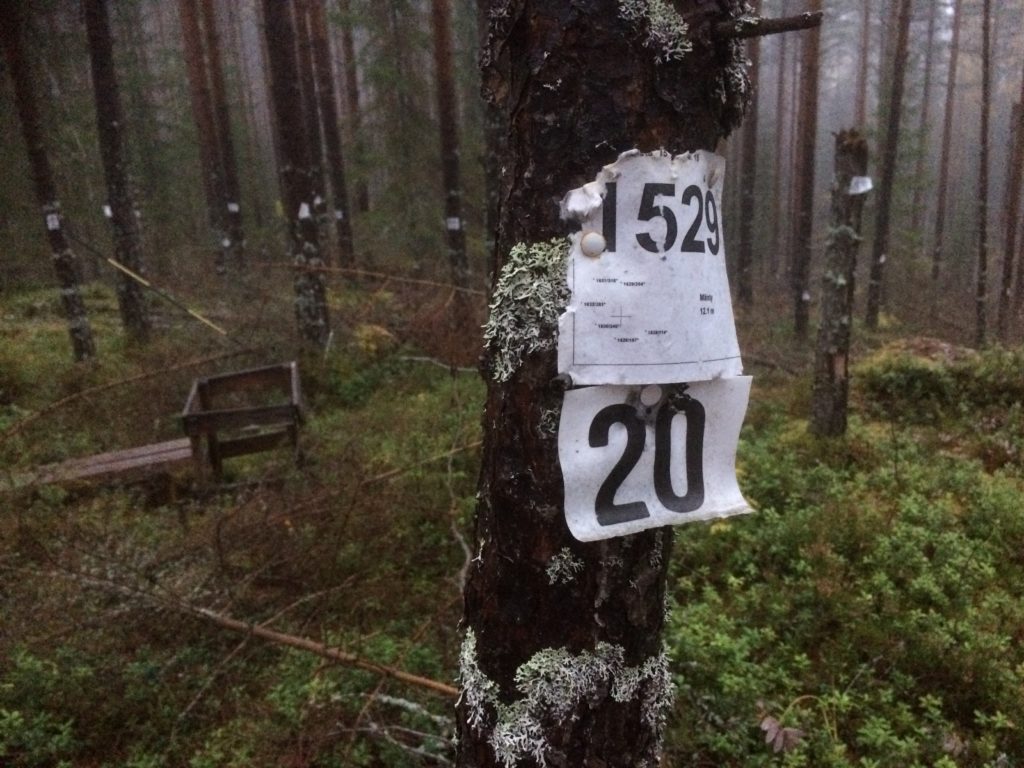Open Forest (OF) is a participatory artwork that explores different forests and forest data. It consists of various interactive installations, performative actions and speculative research instruments. With them OF invites people to explore forest data flows and reflect on and reorganize the relationships between citizens, sensors, environmental data, climate crisis, scientists and trees in the forest. One aim is to expand the landscape in which stories about such entities can be told, and care about them enacted.
Right now we are building varios OF activities as an experimental production in collaboration with the Creatures project together with Marketa Doslejova (Aalto ARTS) Jaz Choi, Ana Tiquia and Cristina Ampatzidou (RMIT University). Together we are exploring various forests and diverse data about them through engagement; co-creating new forest data-sets and stories; and participating in creative workshop-style events. For this we are collaborating and playing with data and trees from the SMEARII Station in Hyytiälä forestry station (FIN), and with the Melbourne Urban Forest (AU).
In the context of Studio|Lab|Forest project, the Open Forest idea has an ontological/experimental interest. Based on the premise that in describing (and proposing new) relations between entities such as citizens, environmental data, scientists, and the trees in a forest, particular ways of being are created (Star & Bowker 2007, Puig de la Bellacasa 2014, Escobar 2018). For example research forests (in environmental sciences) are complex sociotechnical entanglements where scientists, through deployment of various instruments, tools and highly specialized research practices extract, read and interpret, but also create, process and share environmental data about the forest and its interaction with other aspects like soil and the atmosphere. A research forest already creates encounters between open data, scientists, differently located citizens, and governments in order to advance science (e.g our knowledge of climate change). At the same time, the research forest must also account for less visible – but still pervasive – elements such as trees, soil, gases and sensors that it mobilizes as part of these encounters. Scientific encounters and experiments are very focused and thus (understandably) limited in the ways in which they can explore these relationships. OF thus uses artistic and design research strategies to reframe what counts as environmental data, how it is produced, by whom, and whose concerns are taken into account; by enabling a collaborative more-than-human space to craft new kinds of relationships between these entities.










